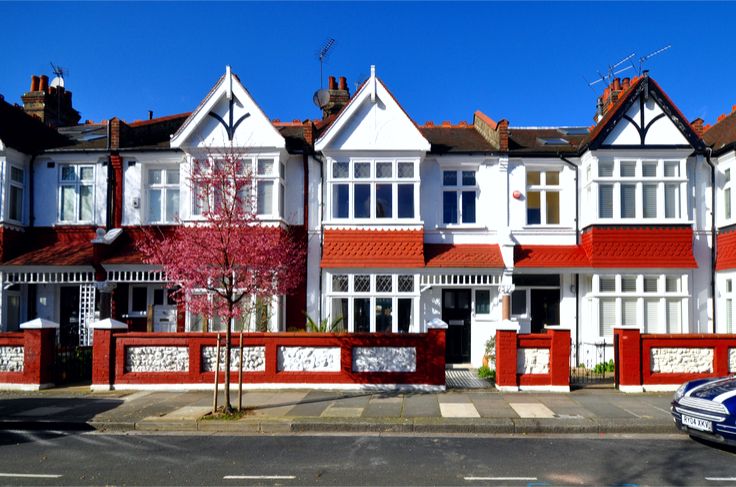
How To Increase The Ceiling Price Of Your Street
1. Safety and security
Are you unhappy with the ceiling price on your street? As the saying goes, “be the change you wish to see on your street” and when that doesn’t work… Simply have a chat with your neighbours! It is possible to increase the ceiling price of your area by working together with your neighbours.
There is a strong correlation between crime rates and the ceiling price of a street. This has been revealed through data gathered through police reports and 2018 UK House Price Index. As such, it is vital for neighbourhoods to take action together to create safer streets for a higher ROI.
Here are some ways you can improve your neighbourhood security:
Lobby for increased police patrols
Start/implement a neighbourhood watch scheme
Insert security cameras
Add more street lights and keep these lights maintained
Ensure there are walkways next to the roads
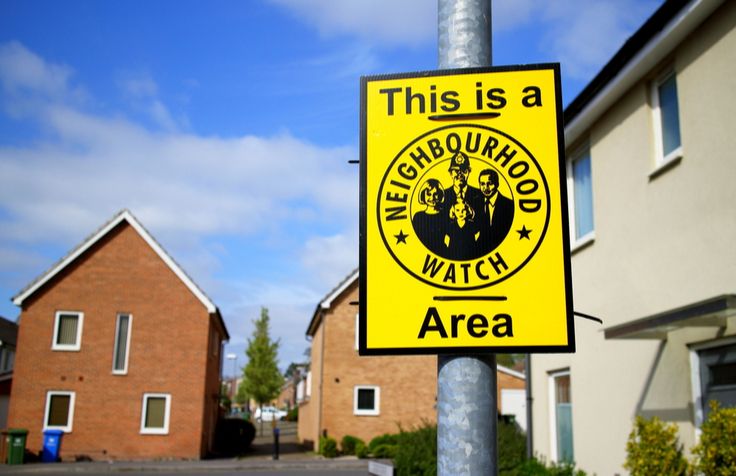
2. Environmentally conscious
Litter outside a house can have a dramatic impact on the valuation. Statistics show that litter can devalue a property of up to 11.8%. With that in mind, why not encourage your community to start picking up litter from the neighbourhood? As a result, your streets will undoubtedly see an enhanced ceiling price.
Starting eco-friendly initiatives is one way to form sustainable habits to keep the area cleaner. For example, the Camden Council and West Hampstead worked together to make a ‘coffee cup map’ to sign point cafes which encourage reusable cups. Why not follow-lead and do something similar in your area?
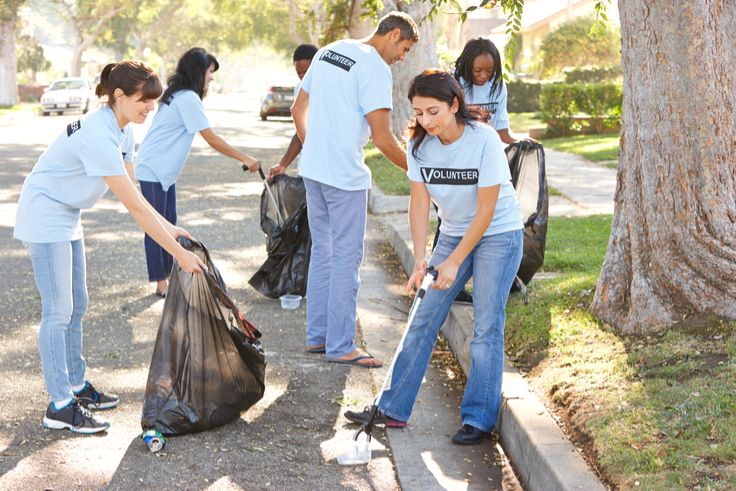
3. Add greenery
Studies have shown that
Additionally, you can bring the community together to plant more trees. As such, a variety of magnolia or cherry blossoms with maples may be a good shout. You could border each garden with a luxurious evergreen hedge for a year-round look.
However, it goes beyond trees. Consider the common areas. For example, could you convert the gravel roundabout for a landscaped island? Or perhaps, the neglected green space can be given some tender love and care. Just remember that you want the street to look beautiful in every season.
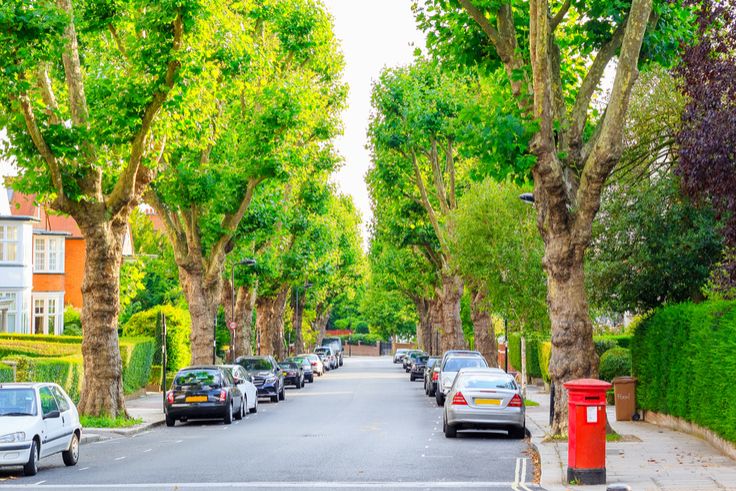
4. Community Initiatives
Neighbourhoods and towns that invest in relationships are simultaneously reinforcing a sense of belonging within the homeowners. A community atmosphere is one thing many prospective buyers are looking for when choosing a location to settle down.
You don’t have to become best friends with everyone! However, using social media can be beneficial. For example, this could include Facebook pages for parents, general neighbourhood groups or Twitter accounts with news updates. You could also implement health meetups (yoga, gym-buddies or running groups).
Remember, enhancing the overall experience of the neighbourhood will result in better online reviews. As such, prospective buyers will be more likely to choose your area!
Ways to incorporate community engagement:
Create a ‘newcomers’ group
Form a community club
Start a farmer’s market
Have a monthly or quarterly brainstorm meeting
Host a family-friendly street celebrations
Attend council meetings
Encourage new youth groups and children’s activities

5. Schools
The government has identified that homes are valued higher when placed near the best performing schools. The top 10% of best-performing primary schools were valued at 8.0% higher. Whereas, the best non-selective secondary schools saw a 6.8% rise in house prices compared to surrounding areas.
As a neighbourhood, brainstorm ways you can help your local schools. This could be done through fiscal means, such as donations and fundraising. Alternatively, efforts can be taken by lobbying and petitions. Finally, you could work together as a street to offer your time and talents (keep in mind, you will need a DBS check if volunteering in a school).

6. Increase curb appeal across the board
Everyone knows that enhancing the curb appeal of a home will raise the property’s chances of finding a buyer. Well, why not implement this same mentality to all the houses on the road. Bring everybody together and discuss what your street can do.
Decide, as a street, what prerequisites the homes should abide by. All the houses could have matching elements for an elegant and sophisticated ambience. For example, white picket fences, a select colour palette or harmonised landscaped garden. Yet, it is unlikely that everyone on your street will have the same style.
Instead, you could set a guideline for general upkeep. For example, how frequently the homes should be repainted or freshened up, hedges trimmed and lawns cut. A schedule could be put in play for general upkeep of plants and a rule-of-thumb regarding timing on ware-and-tare repairs.
It can be tempting to turn these requirements into a strict list which may adversely impact the relationships within the neighbourhood. As such, treat these ideas as guidelines and be sure to listen to every homeowner involved.
Top tip: Evaluate the name of your street. Does it have positive or negative connotations? Sell House Fast explains that ceiling price may drop due to a bad road name. However, the name can be adjusted if requested by a large number of homeowners on the street.
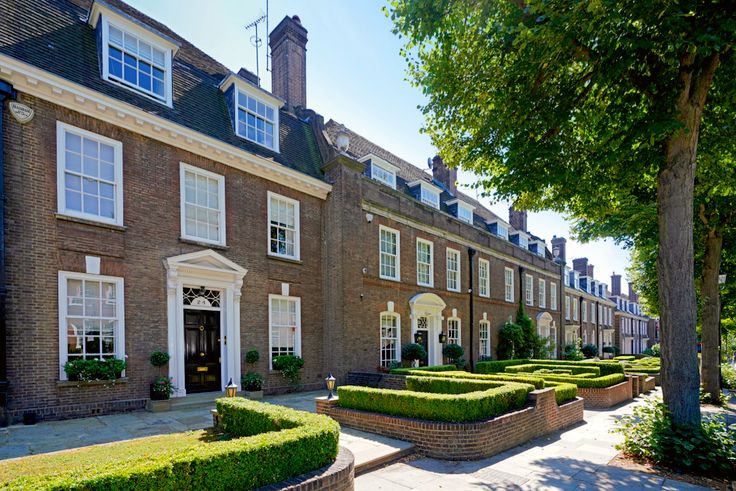
7. Street maintenance
You may be wondering why street maintenance should be your concern. Particularly as council tax rising 4.5%, on average, throughout the UK. Shouldn’t your local council be on top of everything? Yes and no. We advise notifying your council when maintenance is required.
For example, inform your council if you notice faded street signs, uneven pathway or potholes. Japanese knotweed growing in a public space should also be removed by your council. Equally, you should report fly-tipping, abandoned cars and rubbish. However, keep in mind, sometimes requests are not accommodated immediately.
You can view more examples via the FixMyStreet website and see what complaints are made in your area. By doing so, you may find recurring problems on your street. If so, you can raise these issues with your neighbours and work together to find a solution.
You may be able to work together with your neighbours to deal with minor problems (dog waste, vomit or even graffiti). For bigger issues, which have been ignored for a significant period, the street could write a complaint together.
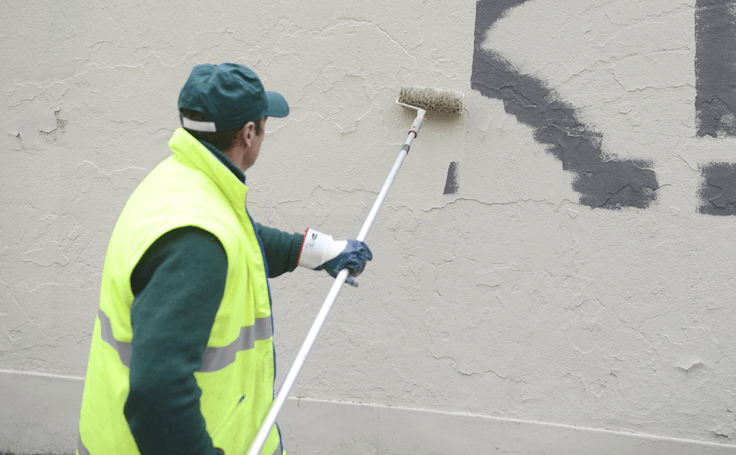
When should residents handle street maintenance themselves?
In some instances, there are not enough council funds to resolve a concern. The council may provide alternative reasons for their reluctance. At this point, it may be up to your neighbourhood to take action into your own hands. That is exactly what happened to these homeowners from Leeds who repaved the potholes on their street.
If the snow hasn’t been cleared or leaves unattended, why not set aside two hours to clean it? Although, if you rake the leaves, you must also dispose of the garden waste. The Express newspaper reported a group of neighbours from West Essex has an annual clean up of their street before Christmas. However, they were fined for not clearing away the bags of leaves upon completion.
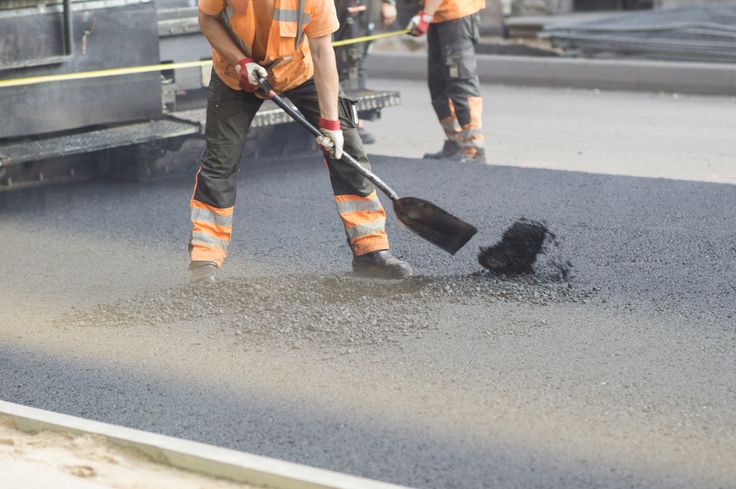
Take small steps… get BIG returns!
Getting the majority of your street onboard with these activities will facilitate increased profit margins. Whatsmore, the shared responsibility will relieve the burden from one individual and reinforce habits which promote the area’s well-being. It isn’t about changing everything at once, but rather, taking small steps with a long-term vision.
Feature Image Photo Credit: Ron Ellis / Shutterstock


